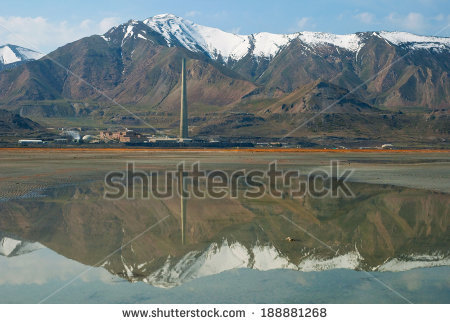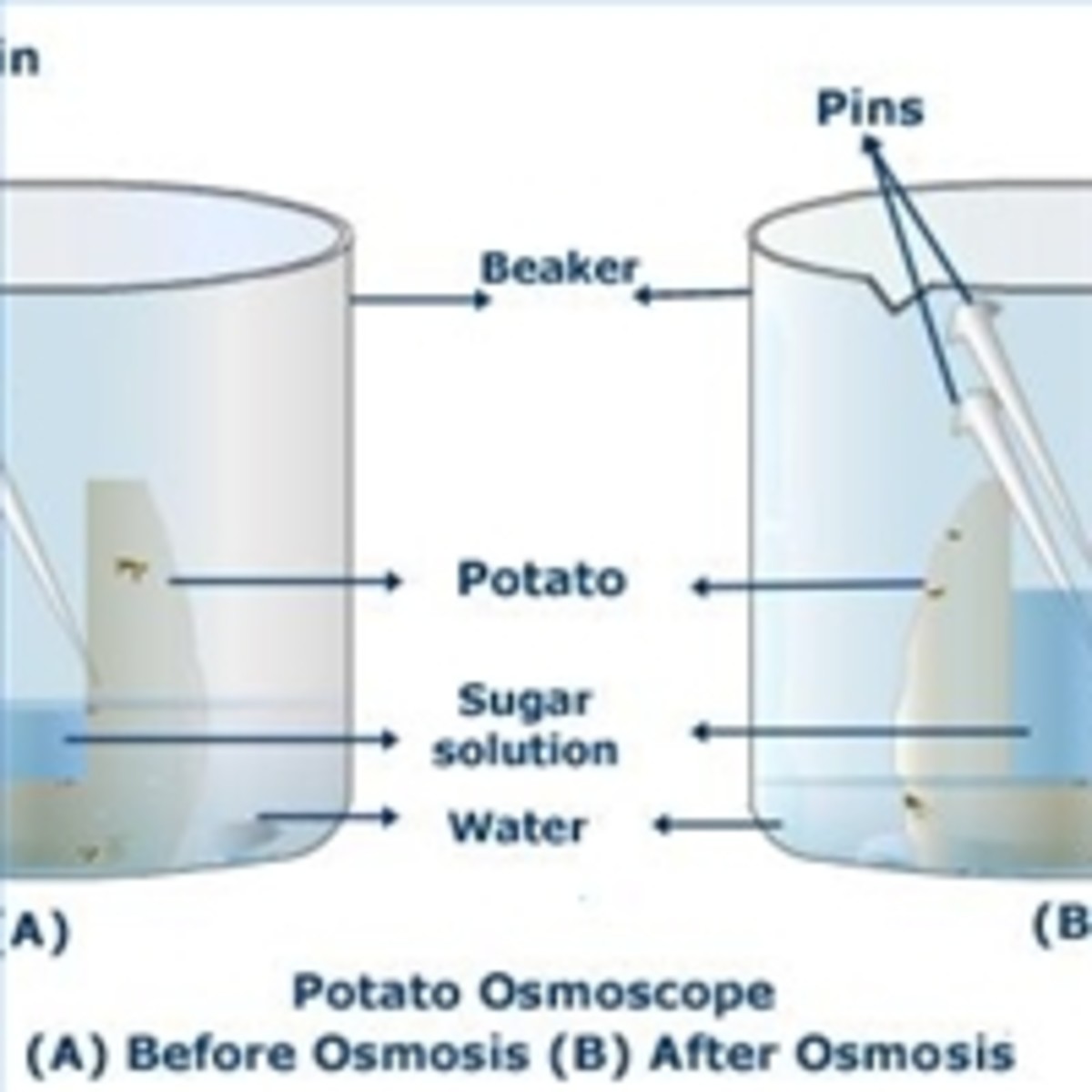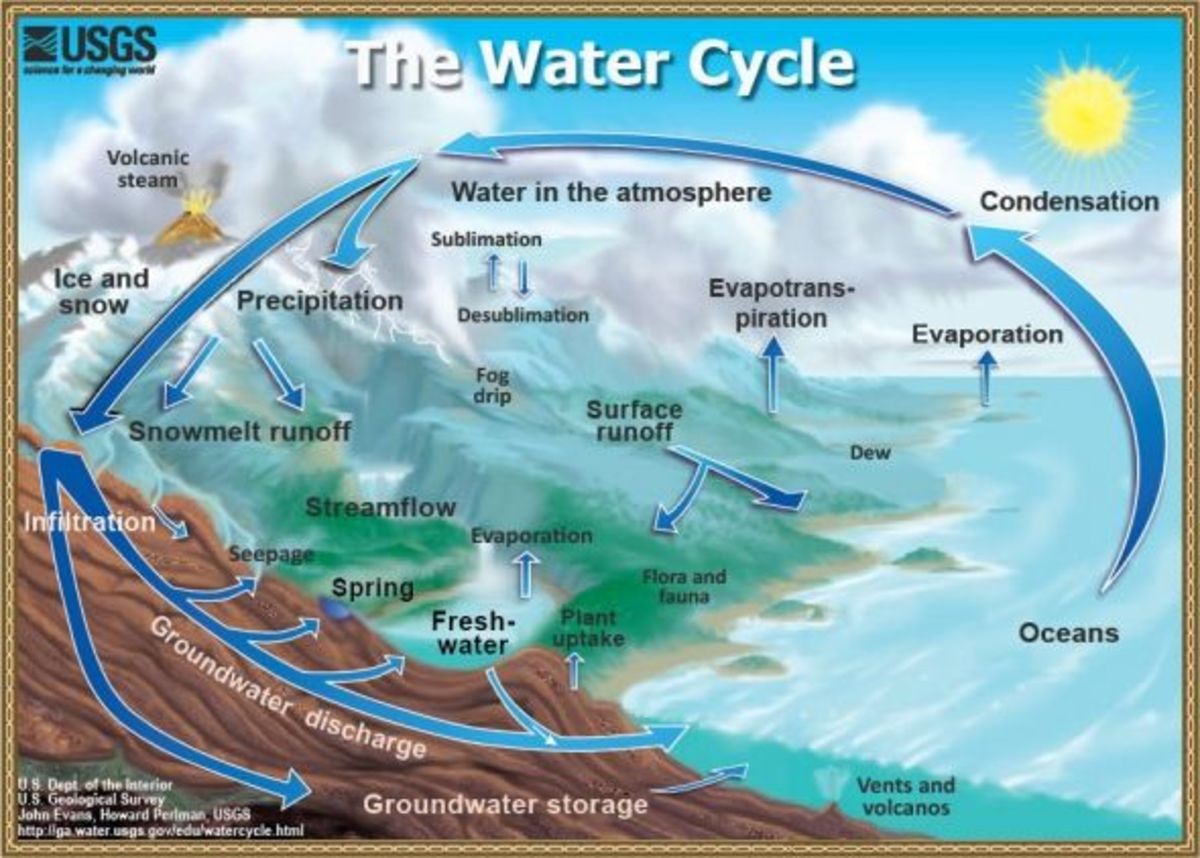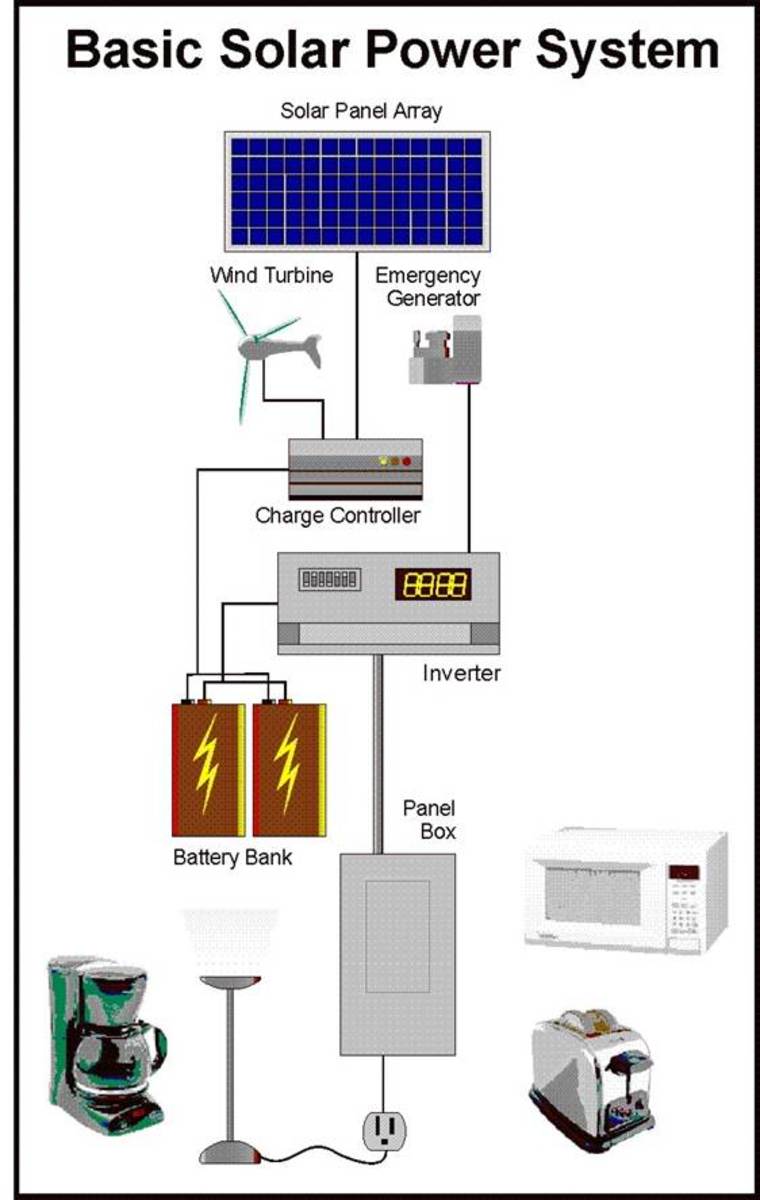Seawater Desalination: a Step into the Future
Water shortages are about to aggravate
Although at first glance our planet is abound in water, only a fraction of water is suitable for immediate consuming by humans. Readily accessible groundwater resources are estimated at 1-2,5% of the total water volume. Oceans and seas account for three fourths of the earth’s plenitude.
As the population continues to grow (it is estimated that by 2030 over 8 billions people will be living in all countries), water shortage will keep aggravating. Environmental pollution makes things still worse, as groundwater is mostly affected and rendered useless for consumption as a result of industrial influence.
These days water scarcity following droughts, population growth, and industrial pollution hits many regions and countries. It may sound odd but even developed countries are facing troubles getting access to sustainable supply of fresh water. USA, Saudi Arabia, Israel, Japan, Australia are among those looking for solutions.
Seawater Desalination
The only viable solution to water shortage is through the process called desalination. For countries adjacent to sea(s) and/or ocean(s) the problem is not the amount water, but the way to convert it into freshwater. Seawater is salty, that is why it cannot be drunk by humans without first undergoing filtration. Water is considered salty if one litre of it contains at least 0,001% of salt. Seawater features a much higher salt concentration.
Over half of seawater desalination plants across the glove are using the process called ‘reverse osmosis’. To begin with, water is pumped from the sea and pushed through series of filters make o sand, gravel and other materials to remove hard particles, weed, twigs, etc. After passing through filters water travels to tubes where reverse osmosis occurs.
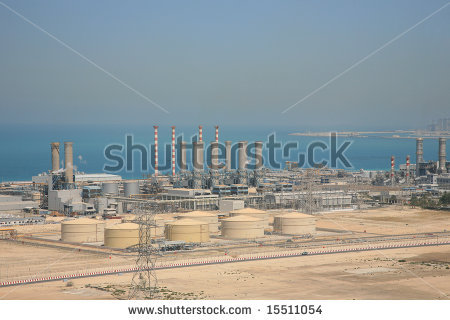
Reverse Osmosis
Tubes contain membranes which prevent salt and other minerals from passing through them. The water is pressurized, and only water molecules are capable of making it through a semi-permeable barrier. Salt and other minerals, removed from the water, can be retained and later used for frying up. Sea salt is then sold to volume retailers, beauty industry, etc. In other scenarios concentrated saltwater is returned back to the sea using ‘output brine’. It usually is placed under water surface in areas with no specific marine eco systems so that not to hurt them. Properly designed ‘output brine’ works so that within a distance of a few meters from it the salt concentration remains the same as in other areas elsewhere.
After passing through semi-permeable membranes desalinated water is remineralized and carbonated. This way water becomes 'tastier' and meets drinking water requirements.
It is important to know that reverse osmosis is a highly energy-intensive process. When based solely on fossil fuels energy, it is quite costly. Seawater desalination is at least 10 times more expensive than regular ways of treating groundwater. However, the lack of alternatives makes desalination plants quite attractive for investors and municipalities alike.
Hamburg desalination plant
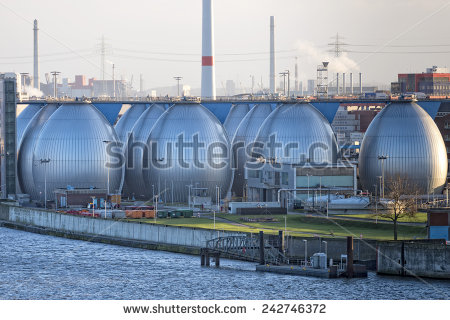
Seawater Desalination Facts
Seawater Desalination Facts
| |
|---|---|
Largest seawater desalination plant in the world
| Ras Azzour, Jubail, Saudi Arabia
|
The biggest seawater desalination plant in Western hemisphere
| Carlsbad, California, US
|
Sewater desaliantion plants using 'reverse osmosis'
| 65% of all desalination plants
|
World's largest nuclear-powered seawater desalination plant
| Madras Atomic Power Station, Kalpakkam, India
|
Algeria's largest desalination plant
| Magtaa produces around 500 000 cubic meters of fresh water per day
|
Optimal solution for water shortages
Seawater desalination technologies seem to be optimal solution for water shortages around the world. Floating desalination plants start to appear. ‘Barge-like’ desalters can be moved to countries or coastal cities where immediate need for freshwater is needed (e.g. as a result of natural disaster like drought). Small nuclear reactors are able to feed a floating desalination vessel for many years of uninterruptible work.
Humankind has half a century of experience in converting seawater into freshwater. Advances in technology are pretty impressive and the costs associated with seawater desalination are likely to go down as desalination plants start popping up in bigger numbers across the earth.
Reverse osmosis desalination in Morocco
The Future of Seawater Desalination Technologies
Do you consider seawater desalination to be applealing enough to be widely used in 10-15 years?
